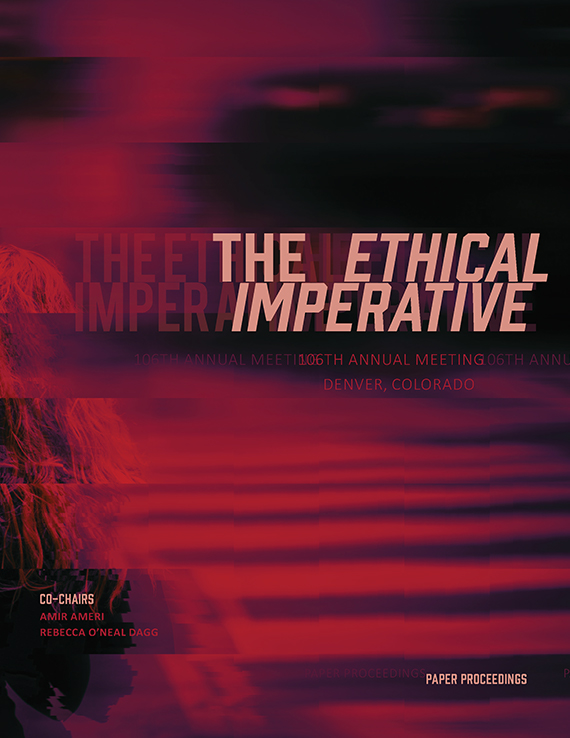Author(s): Ed Cahan, Jingjing Liu, Lily Mundroff, Madlen Simon, Oluwatomi Thomas & Timothy Pula
The City of College Park and the University of Maryland have entered into a partnership to engage potential synergies between campus and community to create a vibrant urban environment based upon principles of smart growth. The partnership’s current focus is on College Park’s Midtown District, encompassing the stretch of Baltimore Avenue from the intersection of University Boulevard to the University of Maryland’s main campus gate. Formerly known as Route 1, Baltimore Avenue is shedding its image as a placeless automotive corridor lined with fast food, service stations, and auto dealerships and becoming an attractive location for higher density development as the University’s zone of influence expands. A new design for Baltimore Avenue aims to transform the highway into a route with multi-modal transportation options, using a complete streets approach. The site is adjacent to the new Discovery District to the south, bounded on the west by the University of Maryland and on the east by the historic African-American community of Lakeland with its school, community center, and church, and the existing residential neighborhoods of Berwyn Heights and Branchville. New residential slabs rising along the West side of Baltimore Avenue take the form of a wall dividing community and university. The Paint Branch river flows along the west side of the site, further reinforcing the town/gown separation.
Volume Editors
Amir Ameri & Rebecca O'Neal Dagg
ISBN
978-1-944214-14-2

 Study Architecture
Study Architecture  ProPEL
ProPEL 
